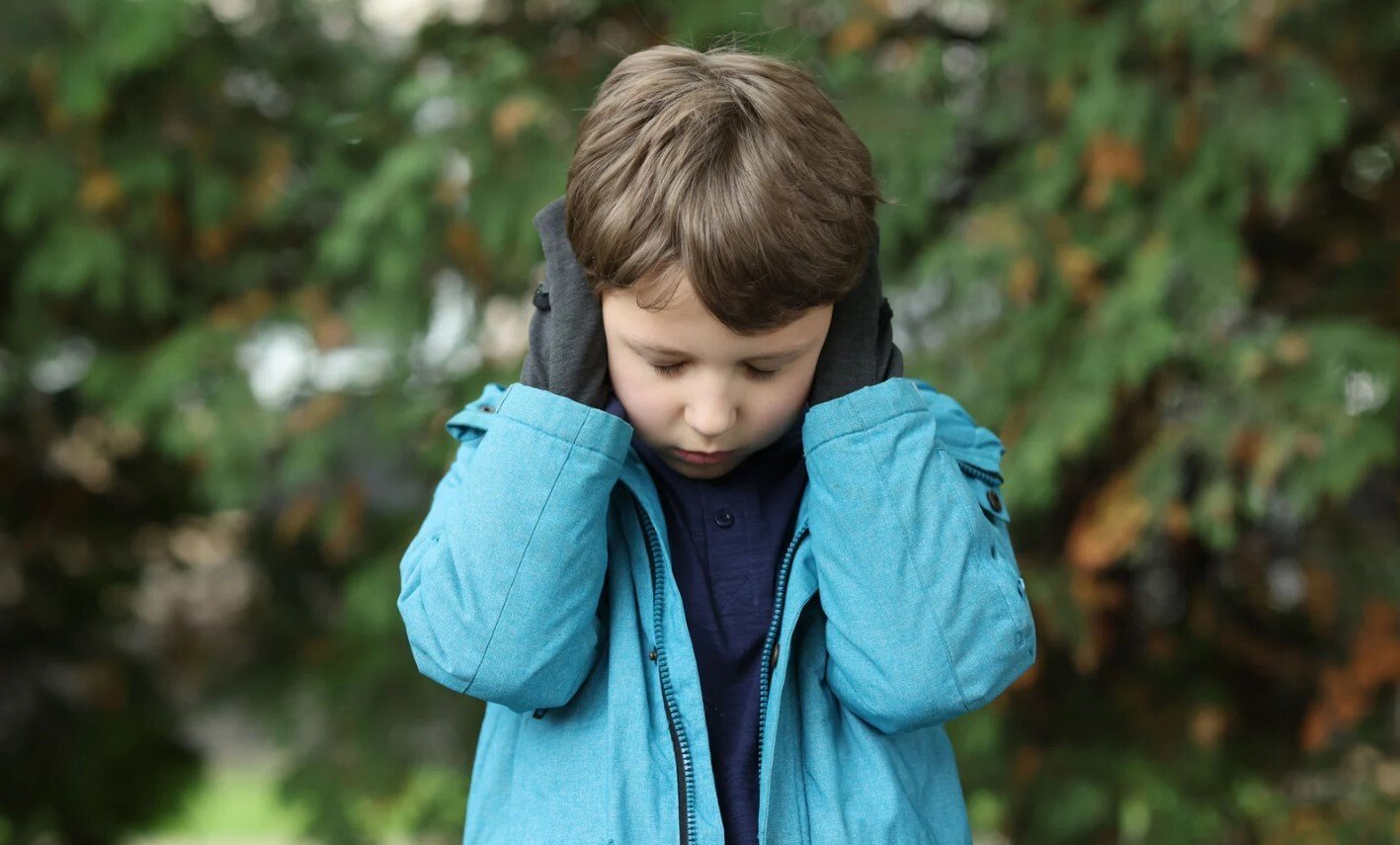For many children with autism, the world can feel like an overwhelming place. Everyday environments—classrooms, grocery stores, playgrounds—are filled with sensory stimuli that can quickly become too much.
When sights, sounds, smells, or even textures become overwhelming, a child may experience what’s known as sensory overload, which can often lead to emotional meltdowns.
In this blog, we’ll explore what sensory overload is, how it differs from a tantrum, and strategies for prevention and support.
What Is Sensory Overload?
Sensory overload occurs when one or more of the body’s senses become overstimulated. For children with autism, their brains may have difficulty filtering and prioritizing incoming information. What seems like a normal level of noise or light to one child can feel intense, painful, or even unbearable to another.
Common sensory triggers include:
- Loud noises or sudden sounds
- Bright or flickering lights
- Crowded or chaotic environments
- Unfamiliar smells
- Certain clothing textures or tags
- Transitions and changes in routine
What Is an Emotional Meltdown?
A meltdown is a response to being overwhelmed—not a form of misbehavior. It’s the body and brain’s way of saying, “This is too much.” Unlike a tantrum, which is often goal-oriented, a meltdown is involuntary and rooted in genuine distress.
Signs of a meltdown may include:
- Crying, yelling, or screaming
- Hitting, kicking, or flailing
- Running away or hiding
- Shutting down or becoming nonverbal
Meltdowns can vary in length and intensity and often leave a child feeling exhausted and emotionally drained.
How You Can Help: Prevention & Support Strategies
Helping a child navigate sensory overload starts with empathy, observation, and preparation. Here are a few ways caregivers, teachers, and therapists can offer support:
1. Identify Triggers
Keep a journal of when meltdowns occur and note the environment, time of day, and sensory factors. Recognizing patterns can help you avoid or prepare for known stressors.
2. Create a Calming Toolkit
Build a collection of tools your child can use when they feel overwhelmed, such as:
- Noise-canceling headphones 🎧
- Fidget toys or stress balls 🖐️
- Weighted blankets or lap pads 🧸
- Sunglasses or visors for bright lights 🕶️
- Chewelry or oral sensory items
3. Designate a Safe Space
Set up a quiet, low-stimulation area at home or in the classroom where the child can retreat to calm down without judgment.
4. Use Visual Supports
Visual schedules, timers, and emotion cards can help children anticipate transitions and express their feelings before they reach a breaking point.
5. Stay Calm and Supportive
During a meltdown, your calm presence is key. Speak softly, remove unnecessary stimuli if possible, and let the child know they are safe and not alone.
The Takeaway
Sensory overload and emotional meltdowns are not acts of defiance—they’re signs that a child is overwhelmed and in need of support. By learning to recognize triggers, offering calming tools, and creating safe environments, we can help children with autism navigate the world with greater ease and confidence.
Let’s meet them with understanding, not judgment.

